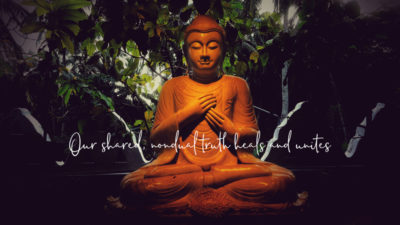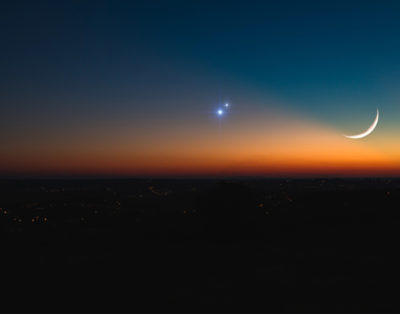 In many traditional lineages, the sound of om (or pranava) is chanted at the beginning and end of every yoga practice. Om looks like it might be just one sound but in fact it represents all sound—of the universe, existence and of human communication. The sound starts with “ahh,” (as in father), then “ooo” (these first two blend together into one sound), then “mmm” and ends with silence. When we enunciate the sounds, it travels through all the parts of the mouth that create speech.
In many traditional lineages, the sound of om (or pranava) is chanted at the beginning and end of every yoga practice. Om looks like it might be just one sound but in fact it represents all sound—of the universe, existence and of human communication. The sound starts with “ahh,” (as in father), then “ooo” (these first two blend together into one sound), then “mmm” and ends with silence. When we enunciate the sounds, it travels through all the parts of the mouth that create speech.
The sound of om is also known as “anahata nada” or “unstruck sound.” It is literally the sound of the energy in the universe, not of anything happening or hitting together.
The Four Sounds
A- “ah” represents creation, the first state of consciousness—Vaishvanara, or waking state
U- “oo” represents sustaining, the second state of consciousness—Taijasa, or dreaming sleep
M- “mm” represents destruction, the third state of consciousness—Prajna, or dreamless sleep/deep meditation
Silence- represents Turiya, or infinite consciousness
Pranava can also be explained as a representation of the practice of yoga itself. We start the practice externally, in asana, and end internally, in silence.




